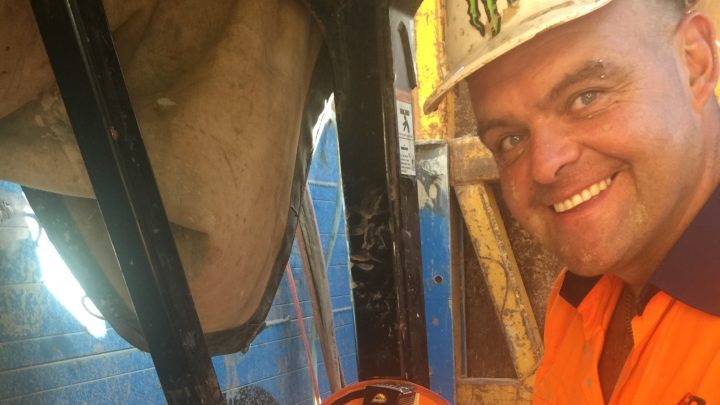Sometimes things can get ugly between subcontractors and project owners when a project doesn’t go to plan. Usually this happens when they cannot agree about who should assume responsibility for unforeseen circumstances and the costs they incur. As I’ve discussed in previous posts, this risk can be minimised by making sure that the contracts between parties take into account the possibility of unexpected complications.
In addition, many of the disputes I hear about between microtunnelling subcontractors and project owners could be much more easily resolved if independent experts in the microtunnelling sector could be called upon to assess each case and come to an unbiased conclusion about where the responsibility should fall.
Never forget that microtunnelling is a tricky game. No two installations are exactly the same, and unforeseen complications can dramatically change the requirements of a microtunnelling job. Depending on the level of complication and the capabilities of the contractor, this can result in significant cost blowouts.
Usually, when the question of who should take responsibility for these extra costs comes up, no-one is putting their hands up to take the blame! Unfortunately, when it comes to microtunnelling, while sometimes an individual party may be to blame, more often than not, complications occur because the ground conditions encountered were not as expected. Often such circumstances occur even when the site has been surveyed and cannot be foreseen.
An independent expert could assess the situation, see if anyone is at fault. If not, they could help all the involved parties come to a satisfactory resolution so everyone can get back to work.
If no-one is found to be at fault, the costs may be shared and the profits of all parties might end up being reduced. However, an independent assessment means that the project can continue to progress, and reputations and relationships can remain intact.

